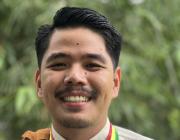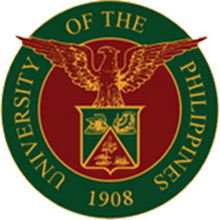Presentations
Language and Place in Poro, Camotes, Cebu,
at
2024 Critical Island Studies Conference,
Thursday, October 3, 2024
The Contributions of Cecilio Lopez to Philippine Historical and Comparative Linguistics from Below, 1925-1976,
at
Philippine Historical Association Conference 2024,
Friday, September 20, 2024
Porohanon Grammar Addenda,
at
Linguistic Society of the Philippines Virtual Talk Session: Thesis Sharing Session Online (TheSSO),
Saturday, August 31, 2024
Whence [ɛ] and [ɔ] in the languages of Central Philippines?,
at
16th International Conference on Austronesian Linguistics,
Saturday, June 22, 2024
Notes on the Kapampangan Culinary Lexicon,
at
First International Conference on Kapampangan Cuisine and Food Tourism,
Friday, March 22, 2024
Ang Dapat Mabatid ng mga Rizalenyo tungkol sa Kanilang mga Wika [What the People of Rizal Have to Know about their Languages],
at
Ikalawang Pambansang Kumperensiya sa Kasaysayan at Pamanang Rizalenyo [Second National Conference on the History and Heritage of the People of Rizal],
Monday, November 27, 2023
Philippine historical and comparative linguistics from below (co-authored with Maria Kristina Gallego, Honeylet Dumoran, and Irma U. Peneyra),
at
NISMED Auditorium, University of the Philippines Diliman, Quezon City,
Wednesday, August 23, 2023
The Constantino-Cubar Dissensus and Philippine Language Description,
at
Mindanao State University-Iligan Institute of Technology, City of Iligan, Lanao del Norte,
Saturday, April 29, 2023
Porohanon as an island language,
at
Marinduque State College, Boac, Marinduque,
Friday, October 28, 2022
Tracing the provenance of Marinduque toponyms (co-authored with Emmanuel Jayson Bolata),
at
Marinduque State College, Boac, Marinduque,
Friday, October 28, 2022

